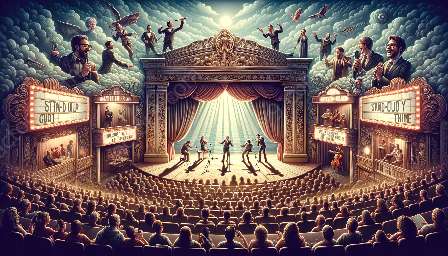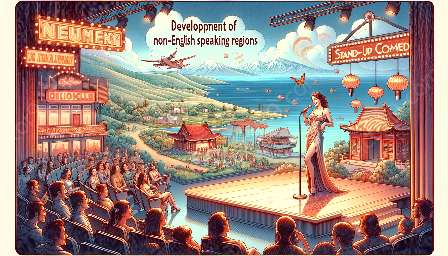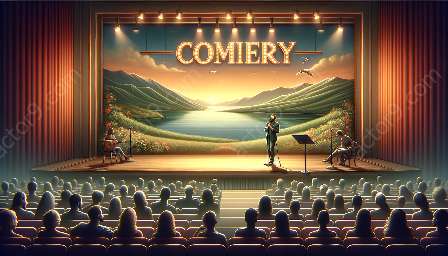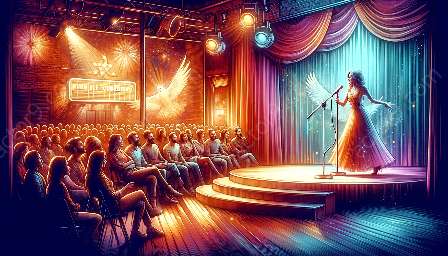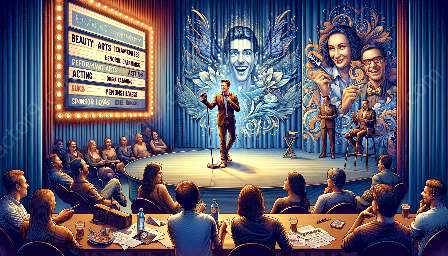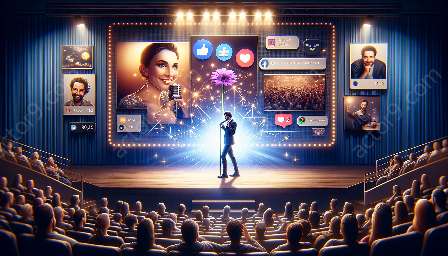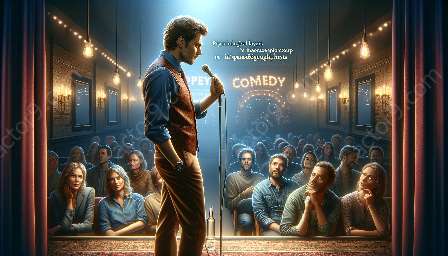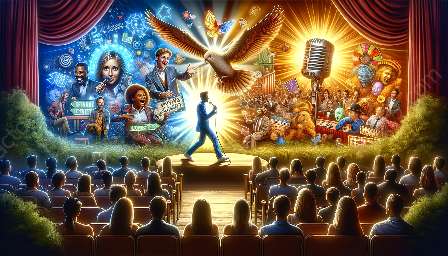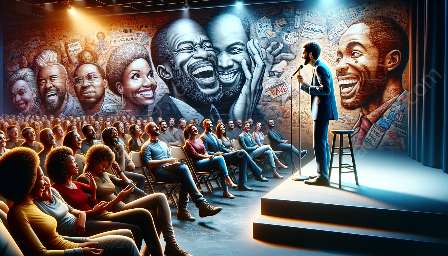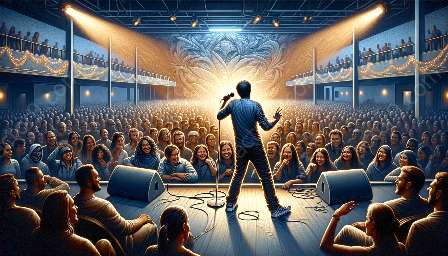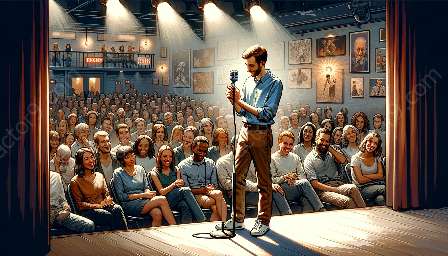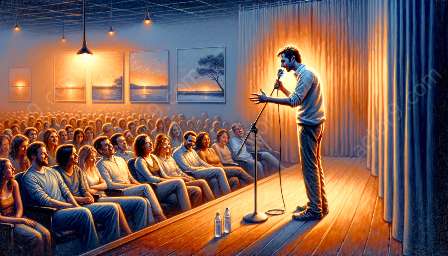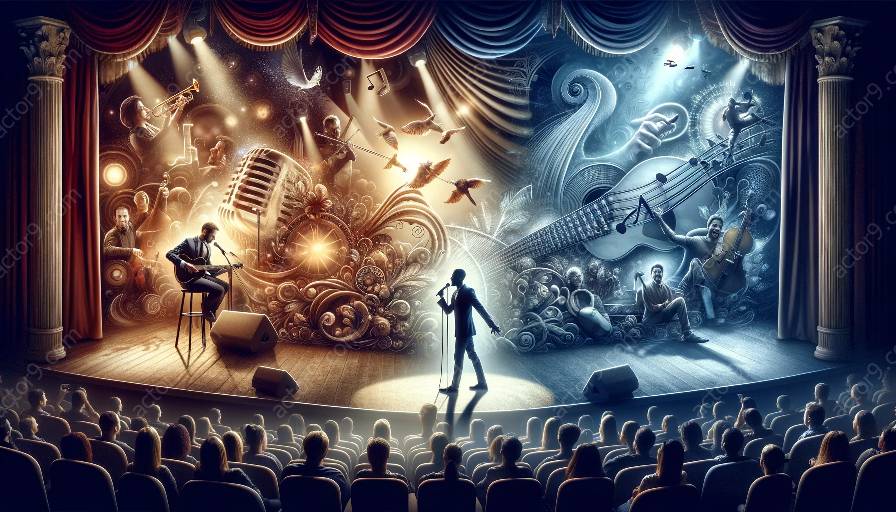Stand-up comedy has long been known for its ability to entertain and connect with audiences through live performances. However, with the advancement of technology, the world of stand-up comedy has undergone a significant transformation, impacting not only the comedians themselves but also the way in which audiences consume and interact with comedic content.
The Impact of Technology on Stand-Up Comedy
Technology has revolutionized the way stand-up comedians create, promote, and distribute their content. With the rise of social media platforms such as YouTube, Instagram, and TikTok, comedians have been able to reach wider audiences and attract new fans through the sharing of their performances and skits online. This has allowed comedians to build their own personal brands and connect with fans in ways that were not possible before.
Additionally, technology has provided comedians with new tools for performance enhancement. Many comedians use audiovisual aids, such as projectors, screens, and sound systems, to complement their performances and create a more immersive experience for the audience. Moreover, advancements in sound and lighting technologies have allowed comedians to deliver their acts with greater clarity and impact, enhancing the overall entertainment value of their shows.
Stand-Up Comedy in Music and Other Performing Arts
Technology has also facilitated collaborations between stand-up comedians and other performing artists, such as musicians and visual artists. Through the use of digital platforms and software, comedians can seamlessly integrate music, visual effects, and interactive elements into their acts, creating a multidimensional experience for the audience. This cross-pollination of artistic forms has resulted in fresh and innovative performances that blur the boundaries between stand-up comedy, music, and other forms of performing arts.
Furthermore, technology has enabled comedians to explore new formats for their shows, such as live-streamed performances and virtual reality experiences. These digital platforms have allowed comedians to connect with global audiences in real time, transcending geographical limitations and reaching fans who may not have had the opportunity to see them perform live.
The Future of Stand-Up Comedy
As technology continues to evolve, the future of stand-up comedy in the performing arts looks increasingly dynamic and promising. Virtual reality, augmented reality, and interactive storytelling are just a few examples of emerging technologies that hold the potential to revolutionize the way comedians engage with their audiences. With these advancements, comedians can create fully immersive and interactive comedic experiences, blurring the line between the physical and digital realms.
In conclusion, the integration of technology into the world of stand-up comedy has led to remarkable transformations in the performing arts. Comedians are leveraging technological tools to broaden their reach, enhance their performances, and collaborate across artistic disciplines, leading to a more diverse and innovative landscape for stand-up comedy.


